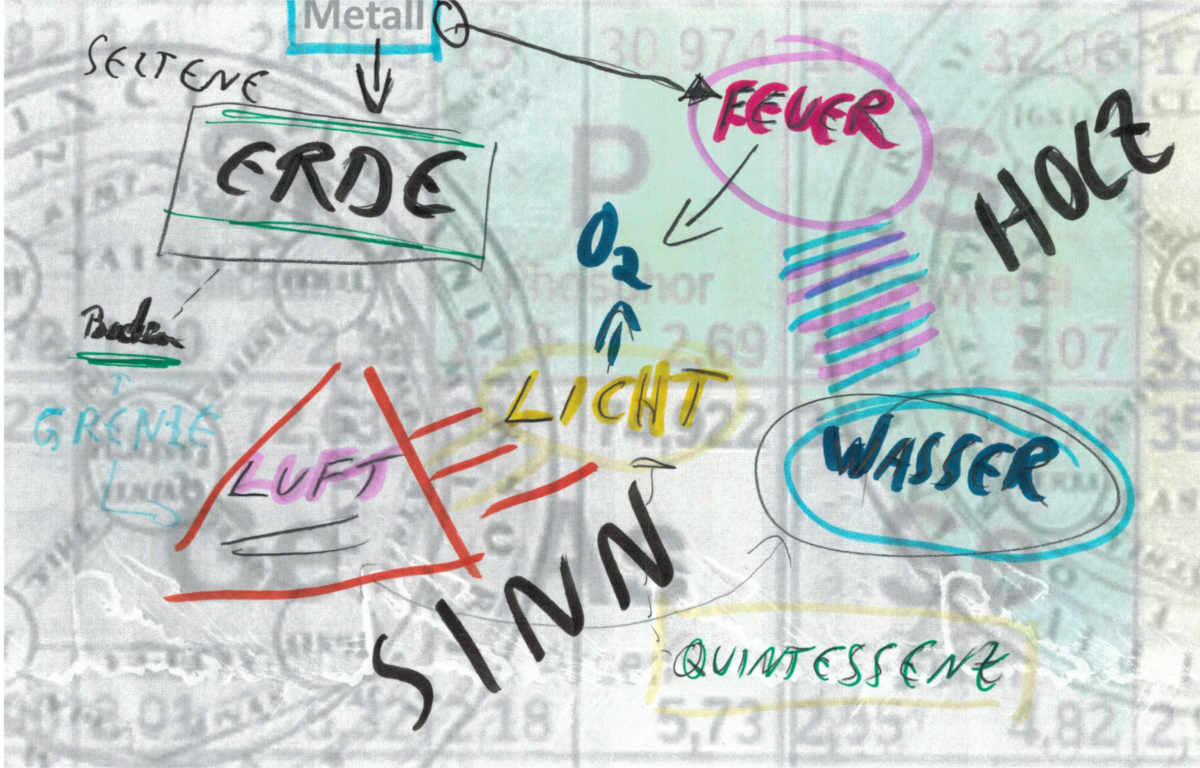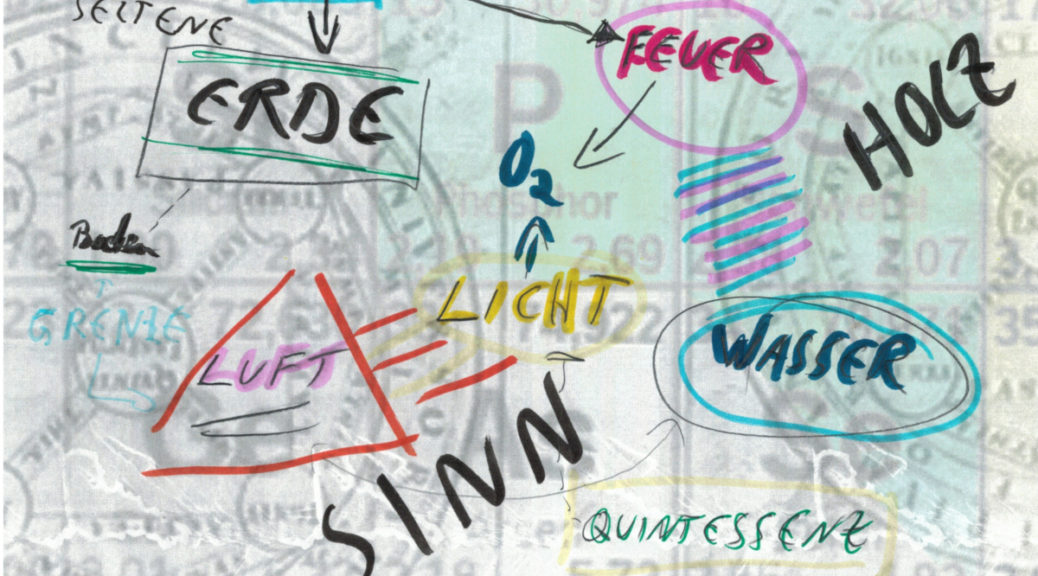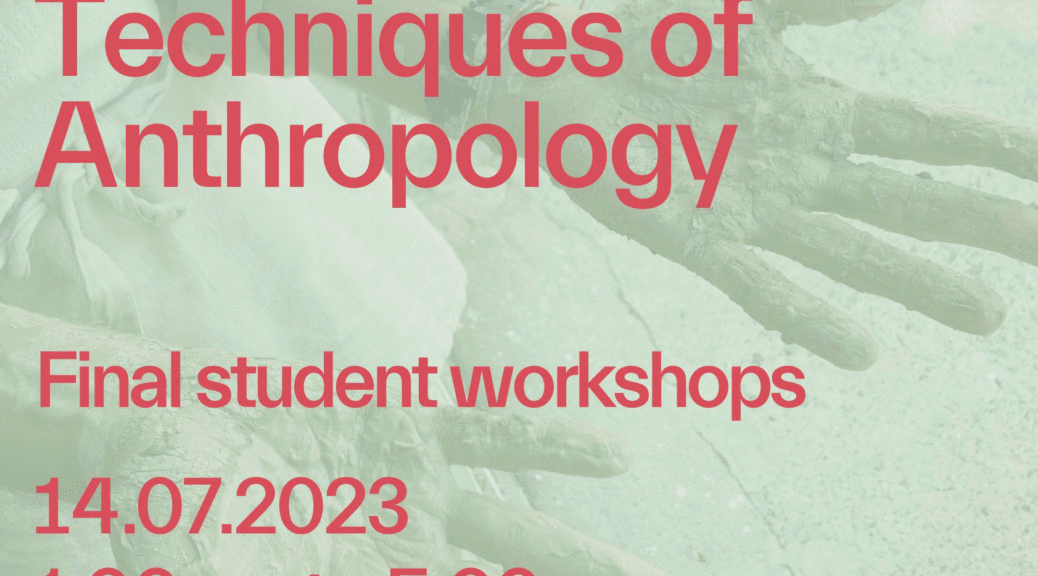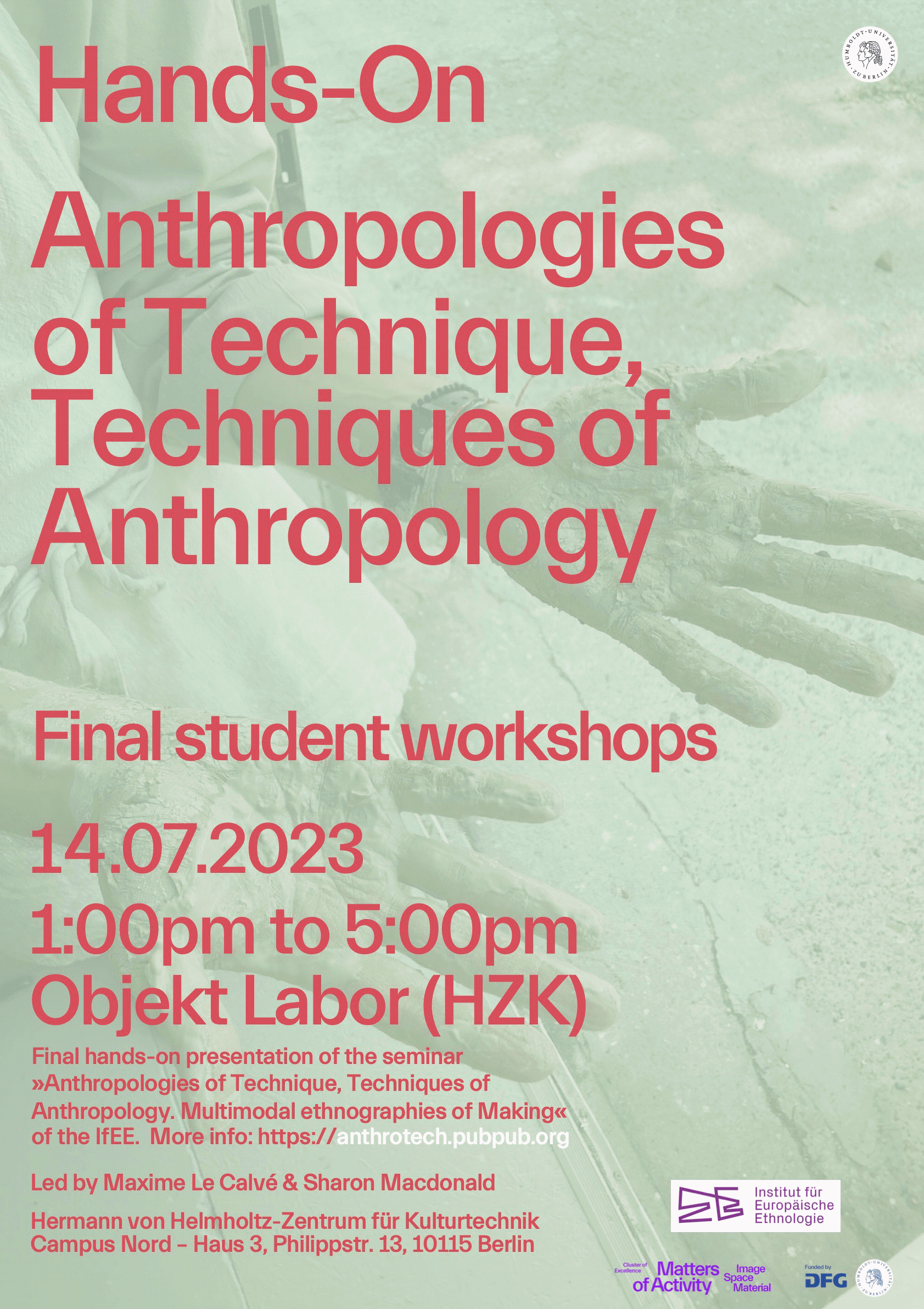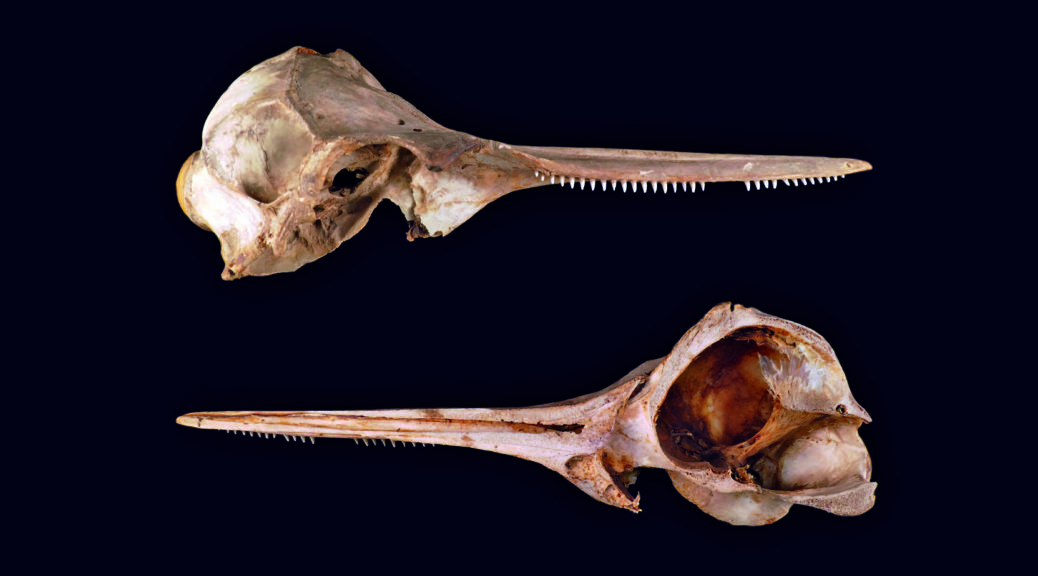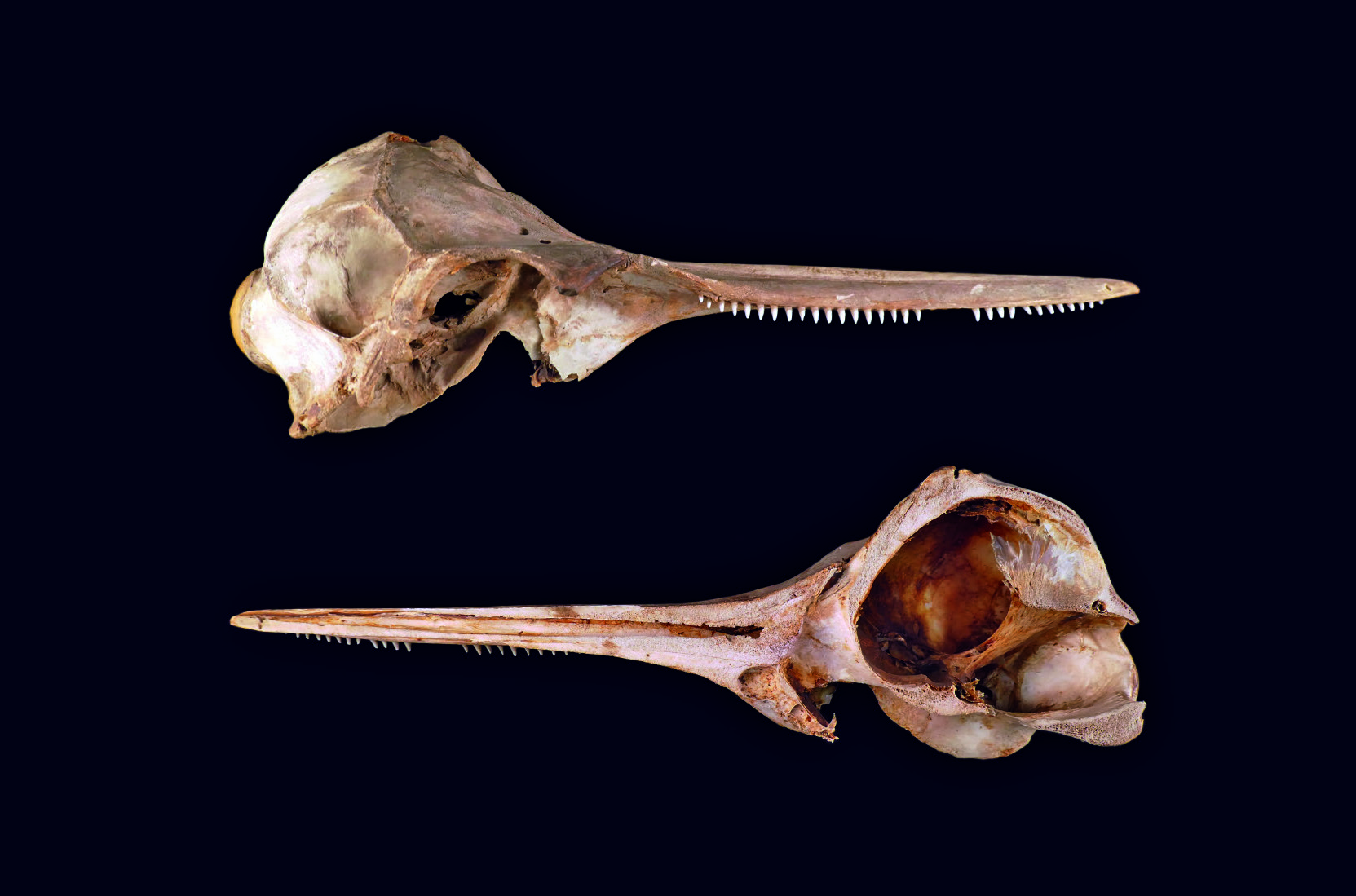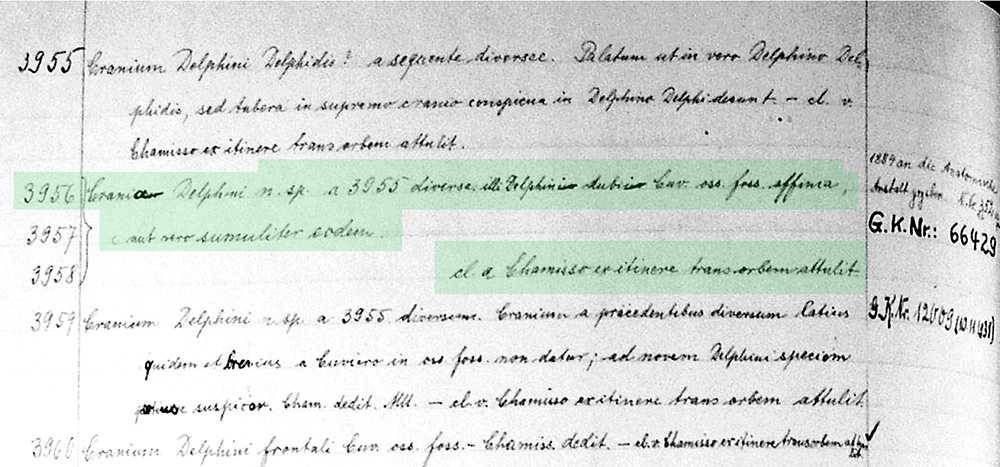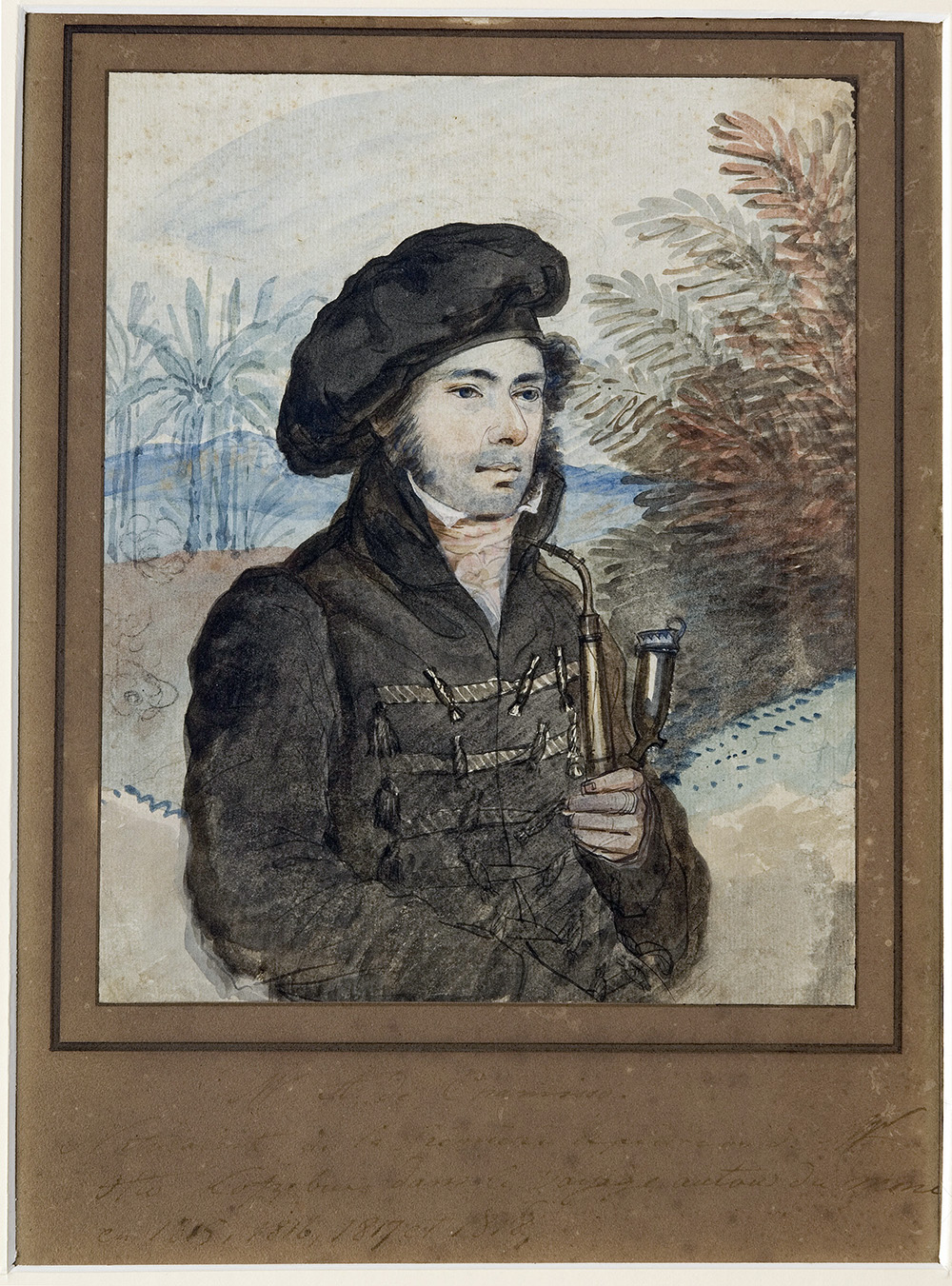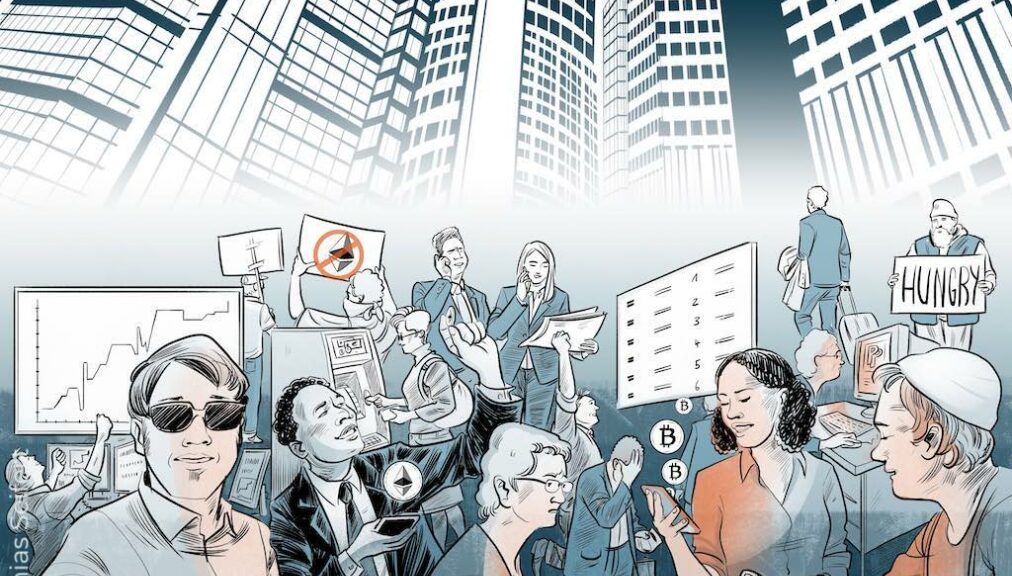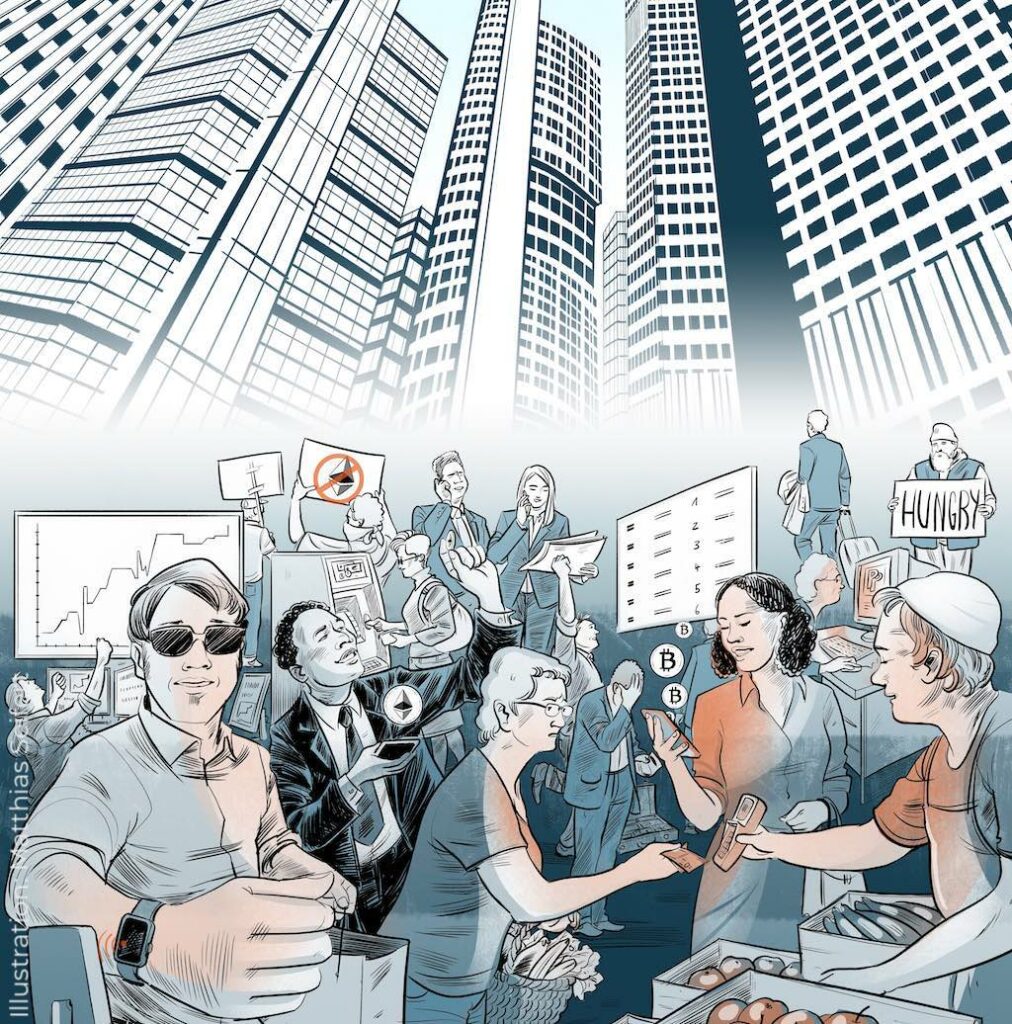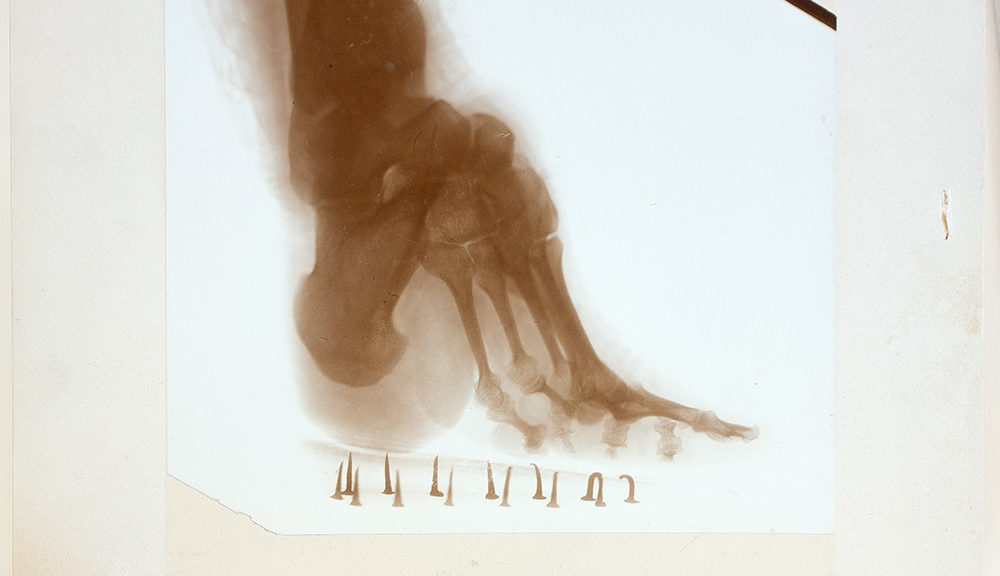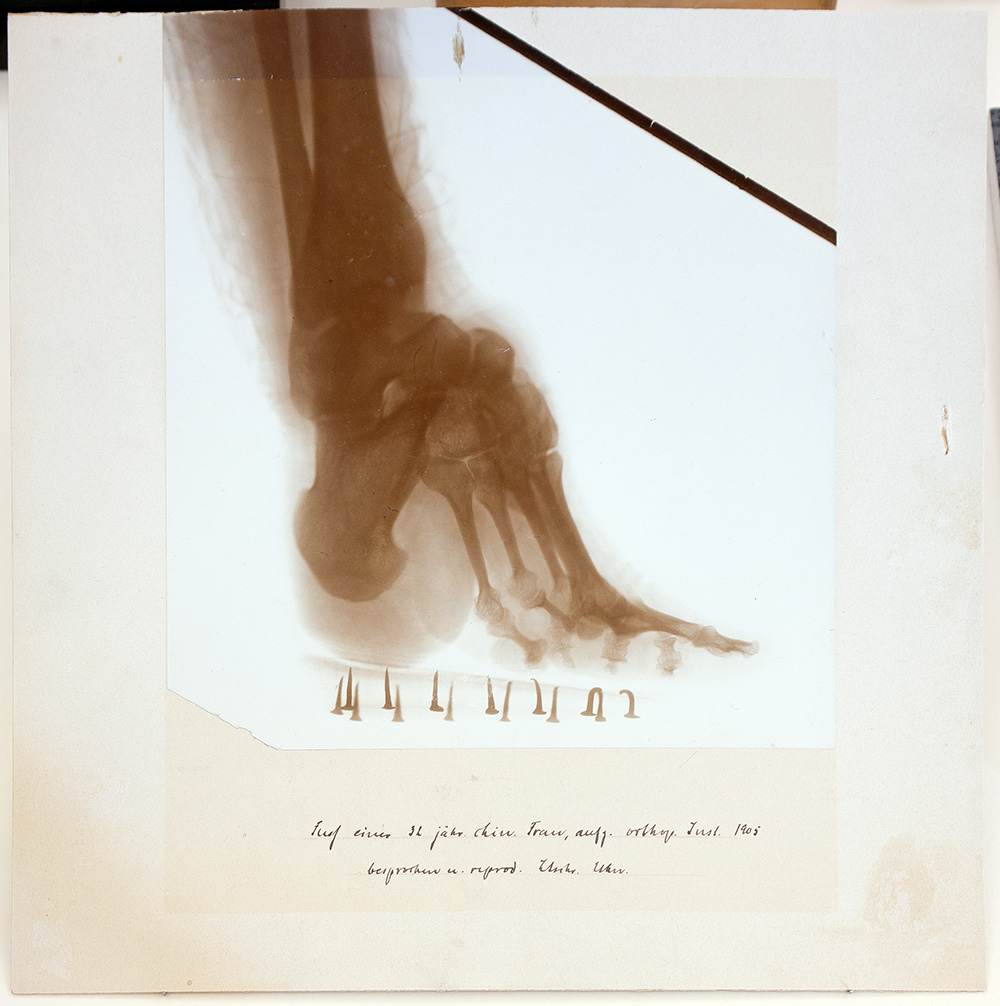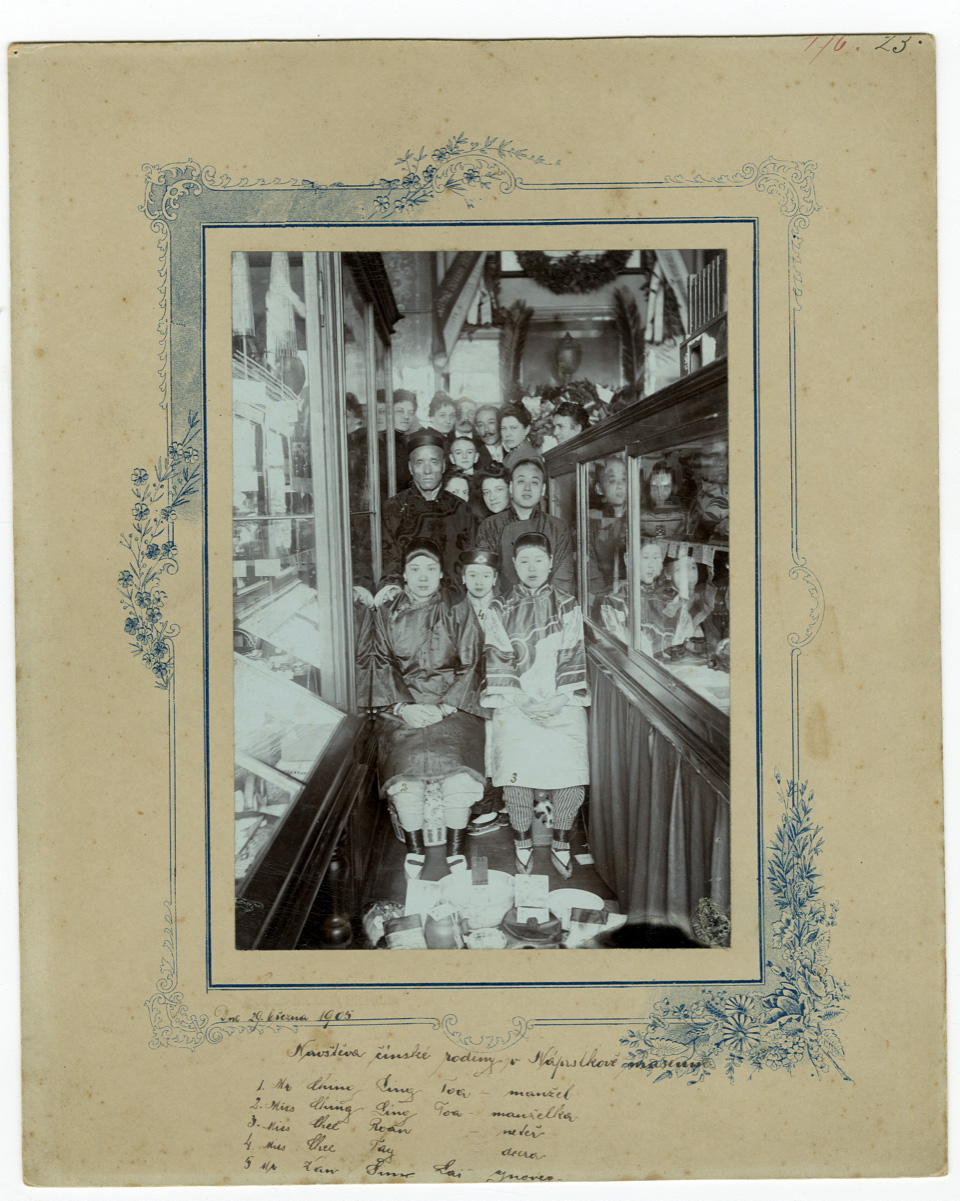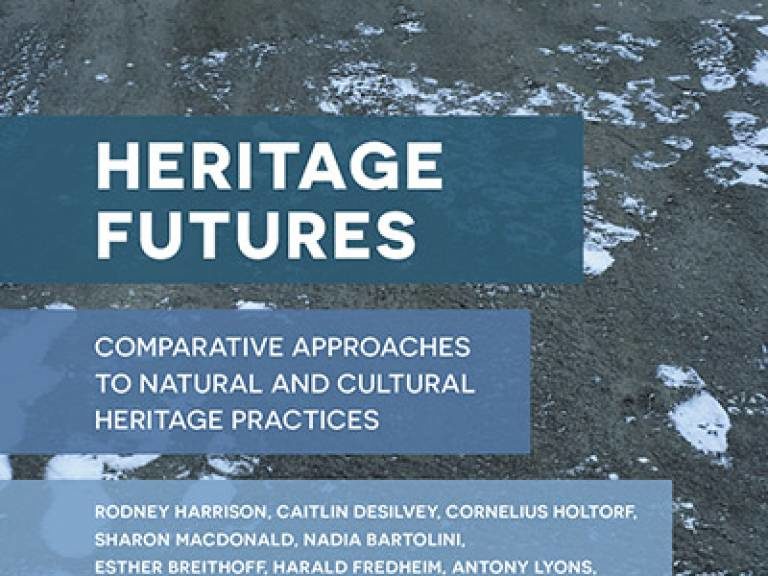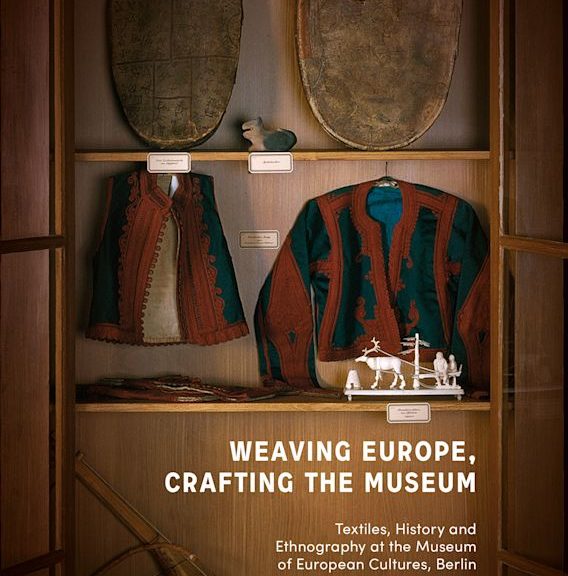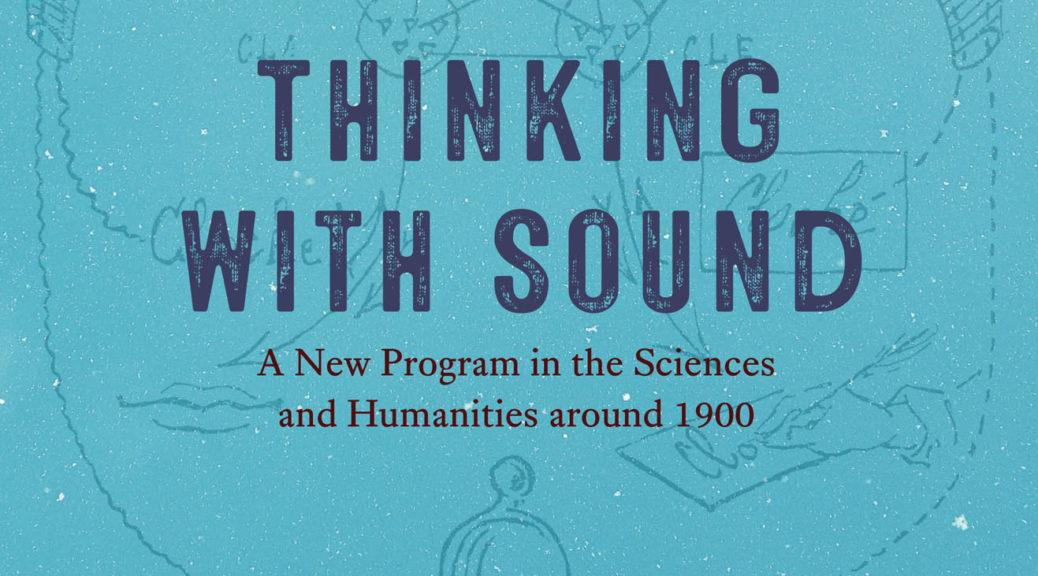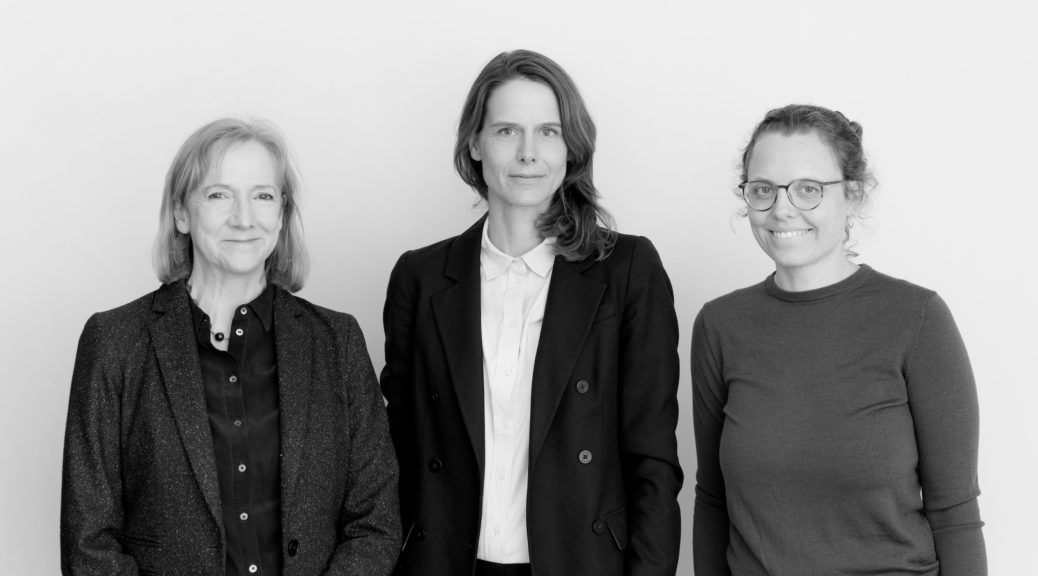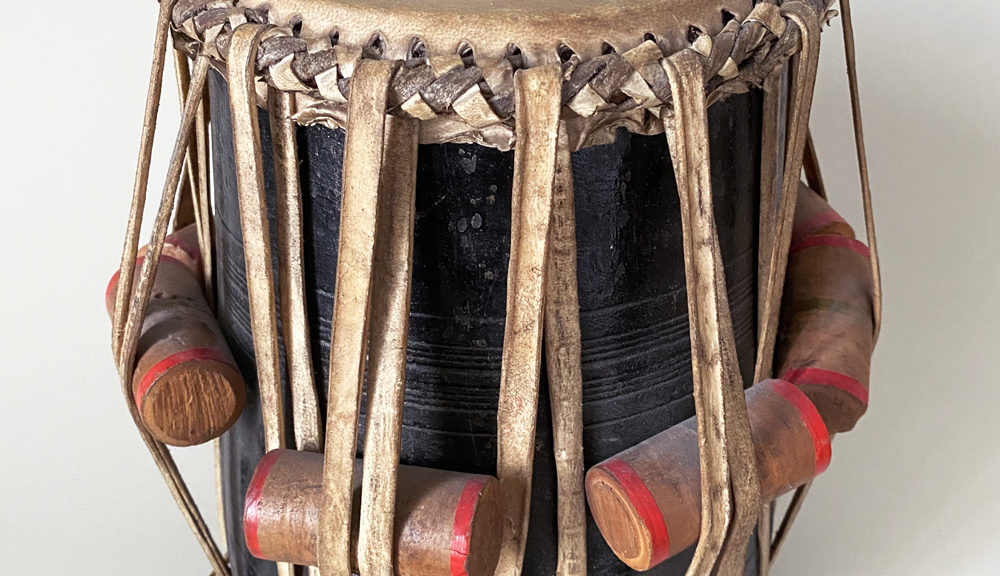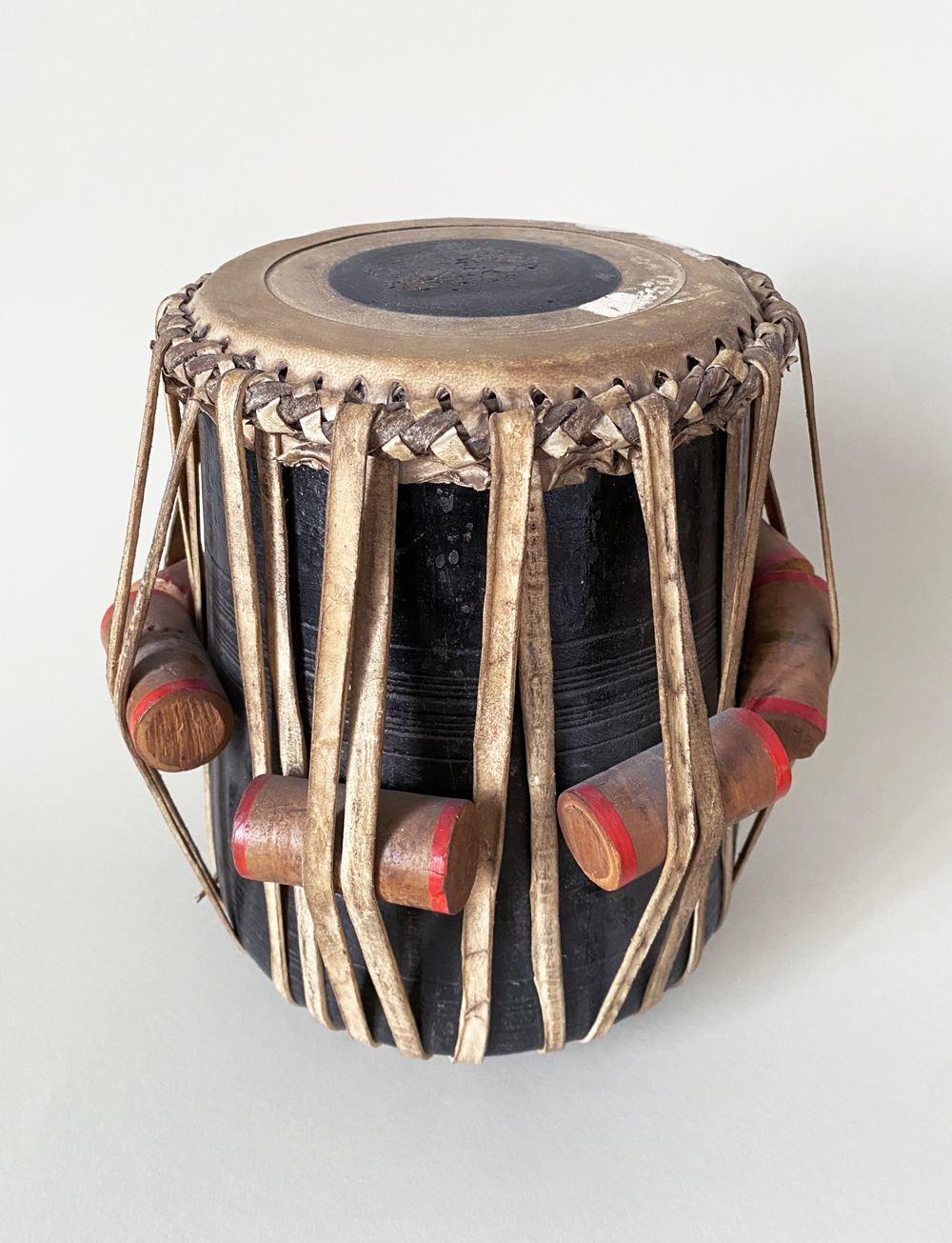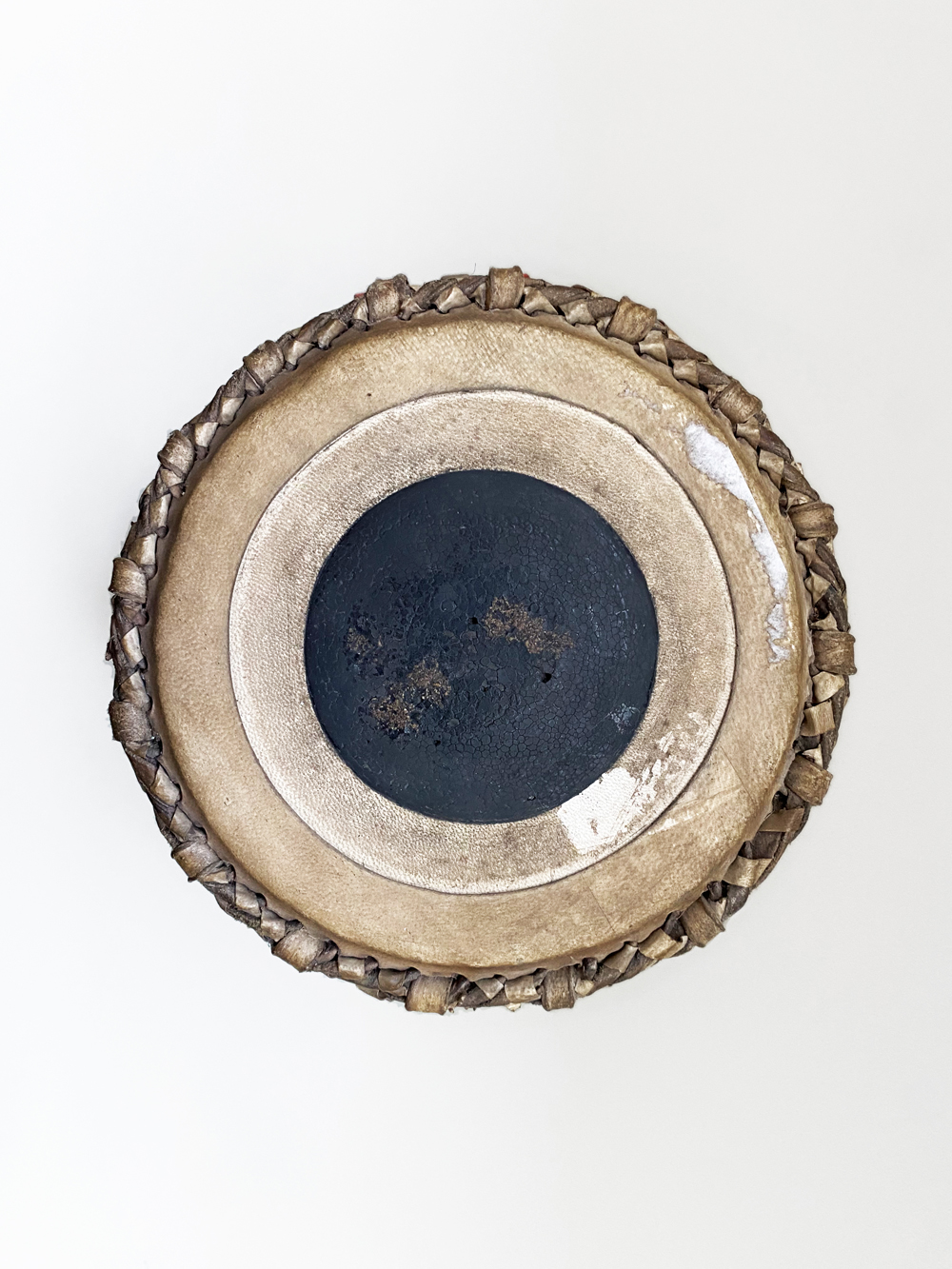As the interdisciplinary Central Institute of Humboldt-Universität, the HZK has the task of establishing the Third Mission as a new core competence within the university, alongside research and teaching. This includes the transdisciplinarily oriented competence field of “knowledge exchange with society”, which orients Humboldt-Universität as a whole more strongly towards a bi-directional understanding of imparting knowledge. Scientific results should not only be brought into society, but a direct exchange of diversely understood knowledge should be tested in concrete forms of encounter.
In order to bundle the research, teaching and application results gained by the HZK since the turn of the millennium and to become the central point of contact in the area of knowledge exchange with society for the members of the university as a whole, the Central Institute will dedicate itself to the multi-year theme “The Elements” – a fuzzy term from the perspective of the natural sciences, but a historical one from the perspective of the humanities – starting in summer 2023.
Elements such as earth, fire, water or air play a self-evident role in everyday concepts – and in this they represent not least a bridge between the most diverse disciplines and knowledge traditions. Thus, “earth” can be understood from a geopolitical perspective, as a biological breeding ground (“topsoil”) or as a historically damaged habitat (“scorched” earth), as well as in terms of the technical-innovative potential of “rare earths” or the increase in yields through fertilisation and profound interventions in the landscape, be it through buildings, earth eruptions or erosion.
Various research and outreach formats will test the inter- and transdisciplinary collaborations involved. The Humboldt Labor located in the Humboldt Forum, part of the HZK and one of the central stages of the Humboldt-Universität, will start with a teaser for the overall series “The Elements” before devoting itself to the individual elements in the following years and presenting the results of the research on an ongoing basis.
Contact:
Dr. Elisabeth Lack
Management HZK
